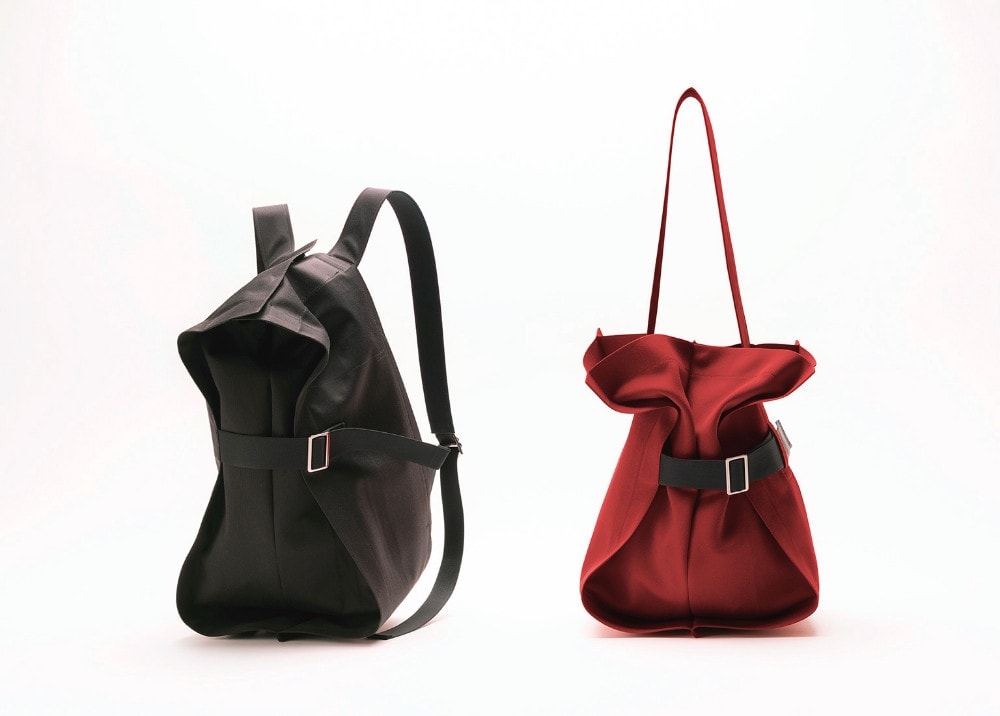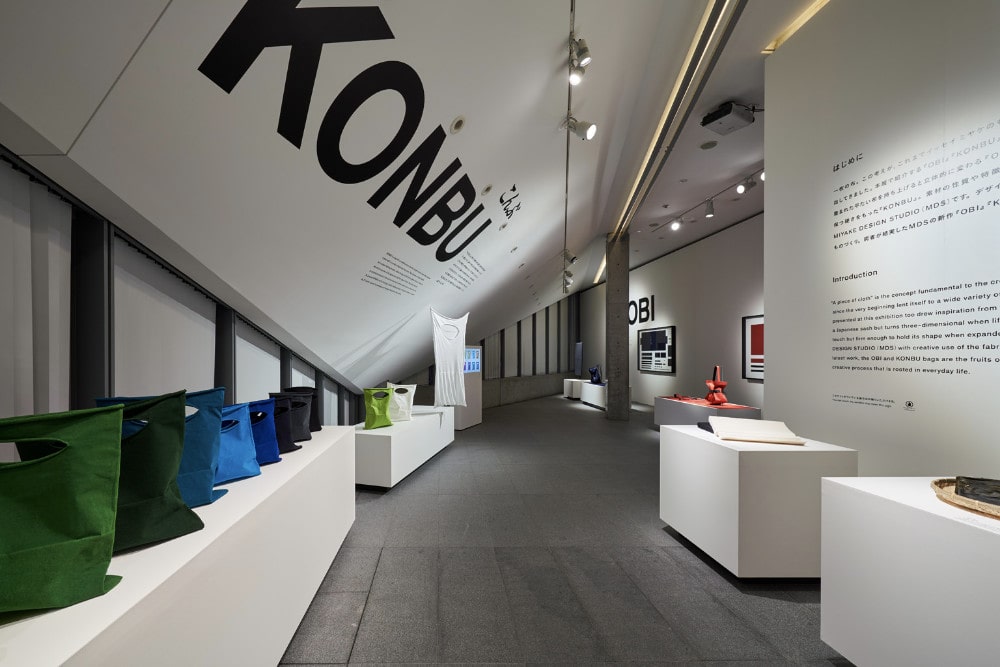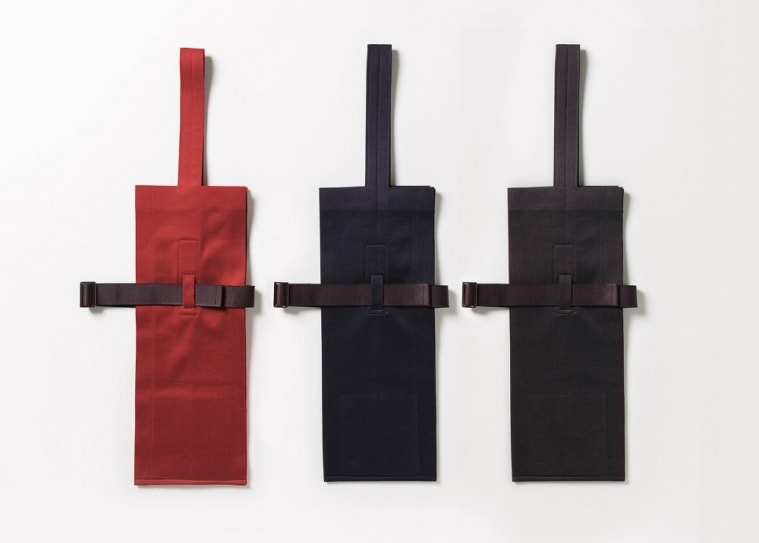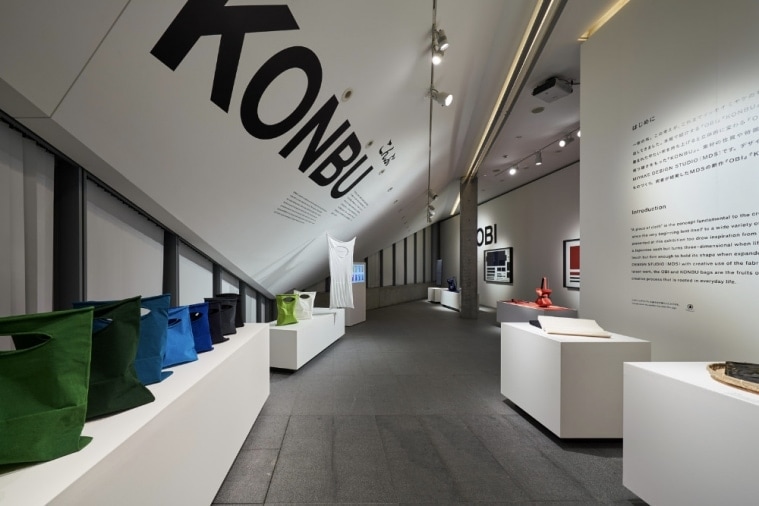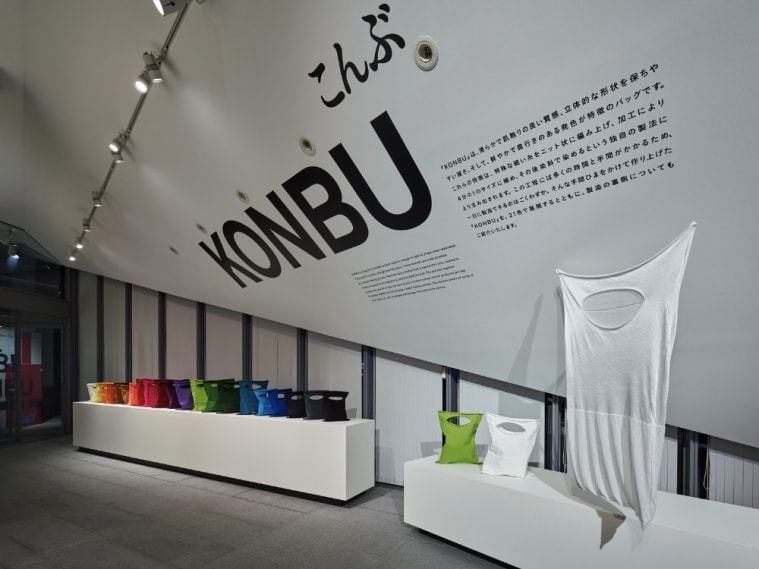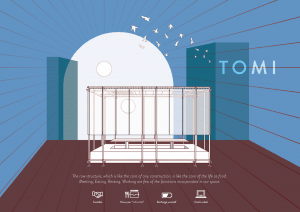OBI KONBU Exhibition at 21_21 DESIGN SIGHT in Tokyo
Thursday 19th January to Monday 18th February, 2019
Design is not just what it looks like and feels like. Design is how it works.
Issey Miyake on Steve Jobs
I met Issey Miyake - the Japanese clothing designer – a few years ago at the opening of an exhibition at the 21_21 DESIGN SIGHT in Tokyo. Born in Hiroshima in 1938, Miyake is celebrated worldwide for his approach to go beyond the Eastern and Western boundaries in his work. Some years after our first encounter, I had again the chance to meet him at the Italian Embassy. I was immediately overwhelmed by his elegance and charms, as we had the opportunity to talk for a while. He reminded me of Walt Disney. I feel that they both share a similar attitude in their work: meticulous attention for details and an infinite passion for design. Referring to Walt Disney, Issey Miyake once said: "You can design and create, and build the most wonderful place in the world. But it takes people to make the dream a reality". Yet another quality shared by both, their believing in the teamwork and the ability to value their staff.
OBI and KONBU bags are the latest innovations of developed by Miyake Design Studio (MDS) and exhibited at the Gallery 3 of 21_21 DESIGN SIGHT in Tokyo. I have visited the press preview of this small yet intriguing exhibition.
The “OBI” bag takes its name from the traditional “obi” - a kimono sash – resembling this shape when folded. The flat bag could be even used as interior furniture, hanging on the wall like a painting.
To realise this incredible creation, a particular yarn that hardens with heat is applied to knit the jersey used for the bag. After being heat-pressed, the material the inner face of the bag stays soft, while the outer face with direct contact with heat becomes harder and glossy. It is similar to what happens when we iron too long a synthetic dress, damaging it irredeemably. Miyake, indeed, turned an issue of the fabric into an opportunity. The colours are inspired by traditional Japanese palette, ‘Urushi(lacquer)-red', ‘Urushi-black' and ‘Shikon (navy purple)'.
In 1988 Issey Miyake started his research on “Pleats”, deeply innovating the world of fashion thanks to a new process of making pleated clothes. This research culminated in 1993, with the launch of the clothing line called PLEATS PLEASE, which “allows unrestricted body movement while enabling the fabric to maintain its form”. All the work of the Japanese designer is based on the attention to the space between the human body - a three-dimensional shape in movement – and the fabric, a two dimensional and static material. Using pleats originally and innovatively, he was able to incorporate air between the clothes and body, making them both scenic as well as being comfortable and practical. The same concept is embedded in OBI, where the air transforms a flat surface into a tridimensional element thanks to the folds.
The second product exhibited at the 21_21 DESIGN SIGHT is “KONBU”, a bag which is able to hold its three-dimensional shape, offered in a variety of colours: again, thanks to a unique production process. The starting point is a big piece knitted with thin yarns - four times bigger than the final product - treated to shrink to its final size thanks to a special process.
The interest for the tradition and the ability to recover it through contemporary technologies is shared by some of the most renowned Japanese architects, designers, artists and fashion designers, such Kengo Kuma for example. Issey Miyake and his team, similarly, are persistently curious, often exploring production areas and talking with local craftsmen, then reinterpreting the tradition in the form of new clothing. "I'm not a fashion designer. Anything that's 'in fashion' goes out of style too quickly. I don't make fashion. I make clothes.", said Miyake in a recent interview.
If fashion is, therefore, something ephemeral, then we can agree with this statement. OBI and KONBU, together with the countless inventions of Miyake Design Studio are timeless clothes, designed to be timeless.
Matteo Belfiore

 日本語
日本語 English
English

